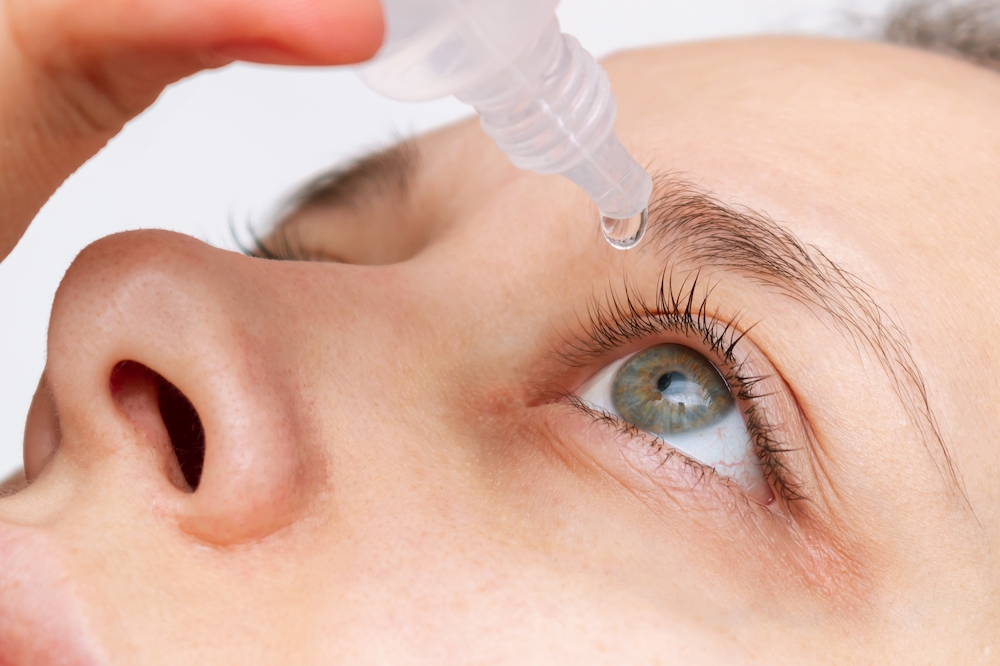
Dry eye is a common condition occurring when the eyes fail to produce adequate tears for eye lubrication. Tear instability can be due to various reasons, including not producing enough tears and producing poor-quality tears.
The instability leads to inflammation and can damage the eye surface. The condition is uncomfortable and causes symptoms like stinging and burning. Treatment can help to relieve the symptoms.
Common Dry Eye Factors
Various factors cause dry eye syndrome, including inefficient tear production, poor quality tears, age, sex, and environmental conditions. Medical conditions can also cause dry eye, including lupus, Sjögren’s disease, rheumatoid arthritis, diabetes, and Bell’s palsy. Certain blood pressure medications, contraceptives, antidepressants, decongestants, beta-blockers, diuretics, and anti-anxiety medications can contribute to eye dryness as well.
Symptoms of Dry Eye
Dry eye disease usually affects both eyes. The symptoms range from mild to severe, depending on the individual. They include:
A burning or stinging sensation
The sensation of sand in the eye
Sensitivity to light
Blurry vision and eye fatigue
Eye redness
Mucus or stringy eye discharge
Problems with night vision
Discomfort when wearing contact lenses
Excessive eye-watering
Visit an eye doctor if you have prolonged dry eye symptoms. The doctor can determine the underlying cause and recommend the best treatment.
Diagnosing Dry Eye
Several tests and procedures help determine the underlying cause of your dry eyes. They include:
A comprehensive eye exam: A history of your eye and overall health and an evaluation of your symptoms are necessary for diagnosis
Measuring tear volume: Specialists use the Schirmer tear test to measure tear production. It involves blotting paper strips placed below the lower lids to measure tears
Phenol red thread test: The test involves a pH-sensitive dyed thread that measures tear volume
Testing tear quality: Tests help to determine the eye surface condition. Eye drops with special dyes help to determine staining patterns and how quickly tears evaporate
Tear osmolarity test: The test measures the water and particles in the eyes. People with dry eyes have less water than is required for healthy tears
Tear samples help to look for dry eye markers. They include decreased lactoferrin and reduced matrix metalloproteinase-9
Dry Eye Treatment
People with mild dry eye syndrome often benefit from regular use of artificial tears. If symptoms are persistent, the doctor can prescribe prescription eye drops. Other treatment options include eye inserts and autologous blood serum drops.
Certain medications and technologies can help to address the underlying cause of dry eye, thus reducing eyelid inflammation, stimulating tears, and controlling cornea inflammation. Doctors may recommend closing the tear ducts, using special contact lenses, unblocking oil glands, and using light therapy.
For more on how dry eye is diagnosed, contact Rieger Eyecare Group at our office in Normal, Illinois. Call (309) 320-2020 to book an appointment today.











